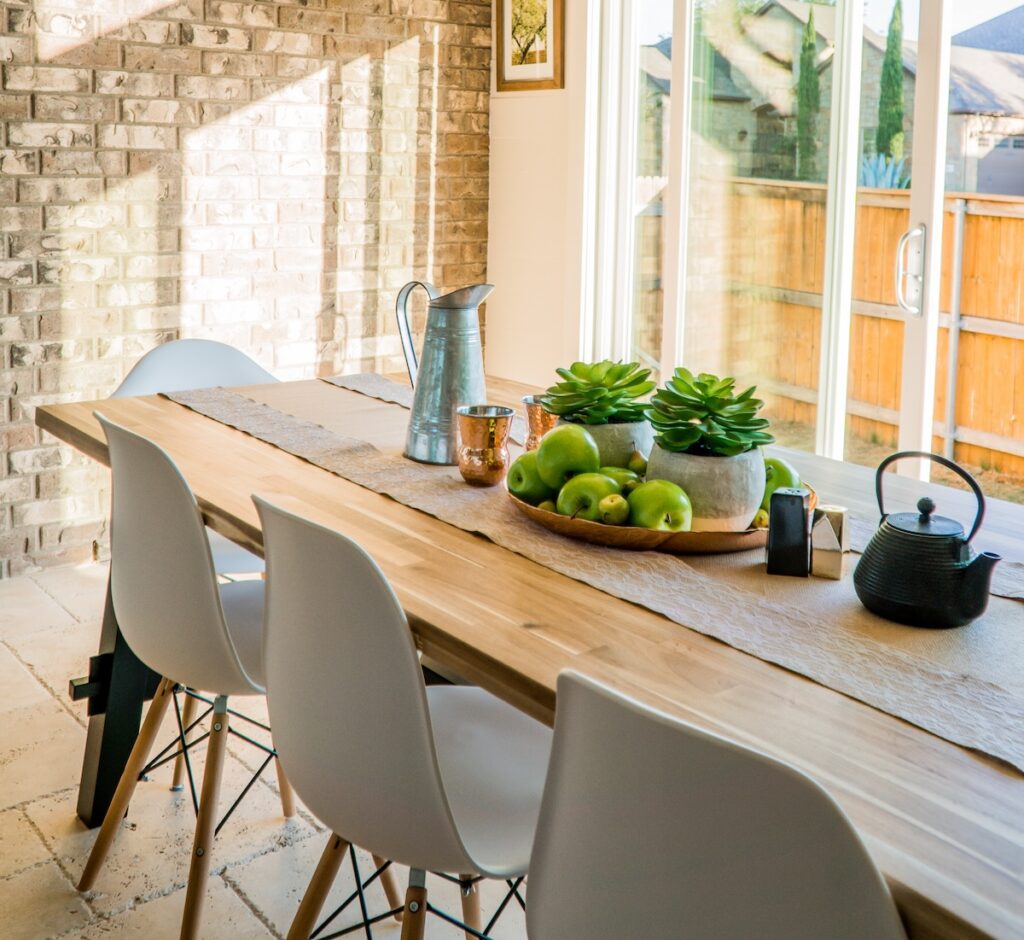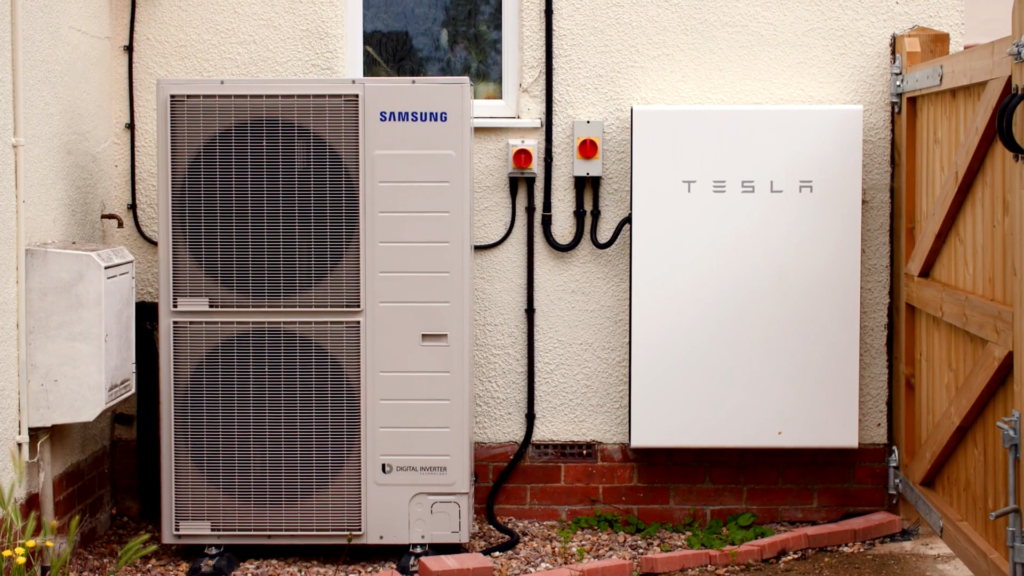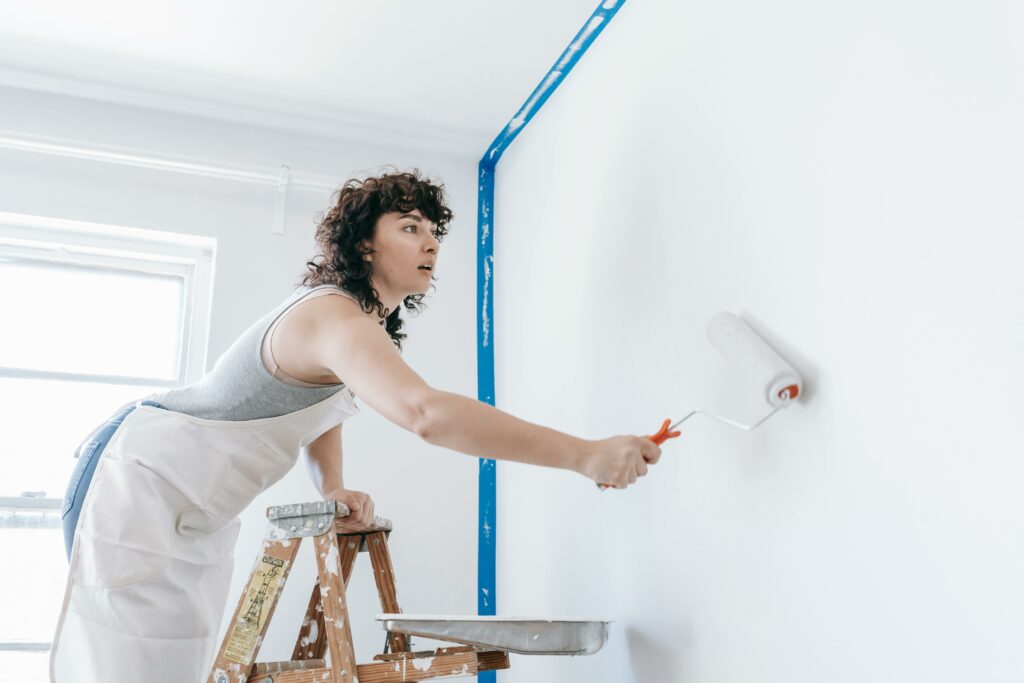
Top green tips for eco-friendly home improvements
Plan ahead for a greener, cosier home – warm in winter, cool in summer, and comfortable all year round.
Making your home eco-friendly isn’t just about saving money on energy bills – it’s about creating a space that’s healthier, more comfortable, and kinder to the environment.
Whether you want to reduce your energy use, lower your carbon footprint, or simply make your home more comfortable all year round, there are a few key improvements to consider. But, it’s important to think ahead and ensure everything works together. Planning your upgrades carefully helps avoid issues like poor ventilation or damp, and sets you up for long-term success.
Here are seven of the most impactful eco-friendly home improvements that work together to create a greener, cosier space.





1. Insulation and airtightness
A well-insulated home is the foundation of energy efficiency. Insulating walls, roofs, and floors minimises heat loss, keeping warmth in during winter and preventing overheating in summer. Airtightness is just as important – it stops draughts and helps your heating work more efficiently. But balance is key; homes must “breathe” to avoid issues like damp or mould. When done properly, insulation and airtightness stabilise indoor temperatures, reducing the need for constant heating or cooling.
2. Ventilation systems
Airtight homes need good ventilation to stay healthy. Without it, moisture builds up, leading to condensation, poor air quality, and even mould. A mechanical ventilation with heat recovery (MVHR) system is a smart solution – it continuously brings in fresh air while capturing the heat from stale outgoing air. This keeps your home well-ventilated without wasting warmth.
3. Energy efficiency
Upgrading appliances, heating systems, and lighting makes a big difference to your home’s overall efficiency. Switching to LED bulbs is an easy, instant energy saver. On a larger scale, heat pumps (air or ground source) are a great alternative to gas heating, offering efficient heating and cooling. Energy-efficient windows and doors also help prevent heat loss, keeping your home at a comfortable temperature with less energy.
4. Sustainable materials
If you’re renovating, choosing sustainable materials can make a huge impact. Locally sourced, renewable materials like timber, straw, or natural wool insulation reduce your home’s environmental footprint while often improving energy efficiency. Not only is this a greener choice, but it also enhances comfort and indoor air quality.
5. Water conservation
Reducing water waste is just as important as cutting energy use. Installing rainwater harvesting systems or greywater recycling can reduce your reliance on mains water for tasks like flushing toilets or watering plants. Simple swaps like low-flow taps, showerheads, and toilets help reduce waste without sacrificing comfort.
6. Renewable energy
Generating your own energy is one of the best ways to reduce your reliance on fossil fuels. Solar panels are the most common option, but small-scale wind turbines are also worth considering. These systems lower your carbon footprint while providing long-term energy savings. For many homeowners, combining renewables with energy efficiency upgrades offers the best path to a low-carbon home.
7. Maximising natural light
Natural light not only reduces the need for artificial lighting but also makes your home feel brighter and more inviting. Well-placed windows, skylights, and sun tunnels can flood your home with daylight, improving both energy efficiency and well-being. Simple changes, like using lighter colours on walls and reflective surfaces, can also help maximise the light you already have.
“Despite the disruption, it was undoubtedly worth the journey. We’re thrilled with the results. The house now feels modern, warmer, and more welcoming than ever.”
Mary and Philip
Maximise your home’s potential
At Cosy Homes Oxfordshire, we take a whole house approach to home improvements, ensuring every measure works with your home’s unique needs for maximum comfort, energy savings, and long-term value.
Get in touch with our team on 0330 223 2742 or by message us to book a home efficiency assessment and receive a tailored plan – helping you make the right property improvement decisions for a warmer, healthier, and more energy efficient home.
